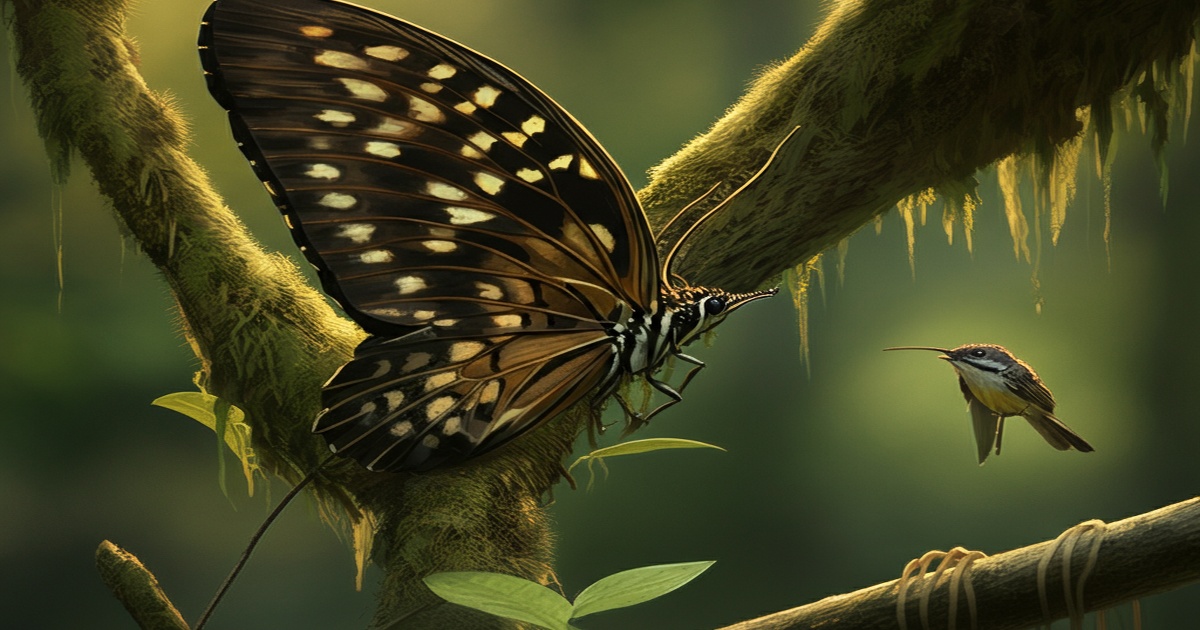A significant amount of scientific research is now utilizing data collected through the citizen science platform, iNaturalist. This platform allows users to upload observations of plants and animals, which are then used by scientists in their studies.
One example of the platform's impact involves a nature photographer who documented an unusual insect in China. The image, uploaded to iNaturalist, caught the attention of an entomologist, leading to the identification of a new species of fly that mimics a bumblebee. This highlights the power of citizen science and the value of the data collected on the platform. Since its inception in 2008, observations from iNaturalist have been incorporated into over 5,000 peer-reviewed papers.
The platform's growth has been substantial, with a dramatic increase in the number of publications referencing iNaturalist data in recent years. The data has been used to identify new species, track the spread of invasive organisms, pinpoint critical habitats, predict the effects of climate change, and explore animal behavior. The platform's widespread use is fundamentally changing how scientists approach biodiversity research.
iNaturalist users contribute by submitting photos or audio recordings of their observations, along with the date, time, and location. The community then collaborates to identify the organisms. If the identification is agreed upon and passes the platform's quality review, the observation is classified as "research grade" and made available to scientists through a global biodiversity database.
The platform's rise has coincided with the proliferation of smartphones with high-quality cameras. As of 2024, iNaturalist contained over 200 million observations collected by 3.3 million users. This massive dataset allows researchers to study biodiversity on a global scale and across various taxonomic groups, which would be challenging with traditional, smaller studies.
Researchers have identified over 5,250 papers that have used iNaturalist data. These papers cover observations from over 600 plant, animal, and fungal families across 128 countries. The data has been used to analyze the presence and absence of species, providing insights into various ecological processes. For example, iNaturalist data has helped determine changes in the geographic range of the jaguarundi and detect the spread of invasive species.
Increasingly, researchers are analyzing the content of user-submitted photos. These images provide a rich data source, allowing for studies on color variations, flower preferences, and animal diets. While the platform has limitations, it complements and accelerates the research conducted by trained scientists. The contributions of iNaturalist users are proving to be invaluable in advancing scientific understanding.







5 Comments
Leonardo
Relying on smartphone observations could limit the scope if users don’t go beyond their local environment.
Raphael
Citizen science is awesome, but relying too much on platforms like iNaturalist can lead to misinformation and inaccurate species identification.
Leonardo
This is how science should be done – engaging communities and using technology to improve our understanding of nature!
Raphael
What happens to all the unverified data? It could mislead researchers and impact real conservation efforts.
Leonardo
The massive dataset from iNaturalist can revolutionize how we study biodiversity trends. Exciting times for science!